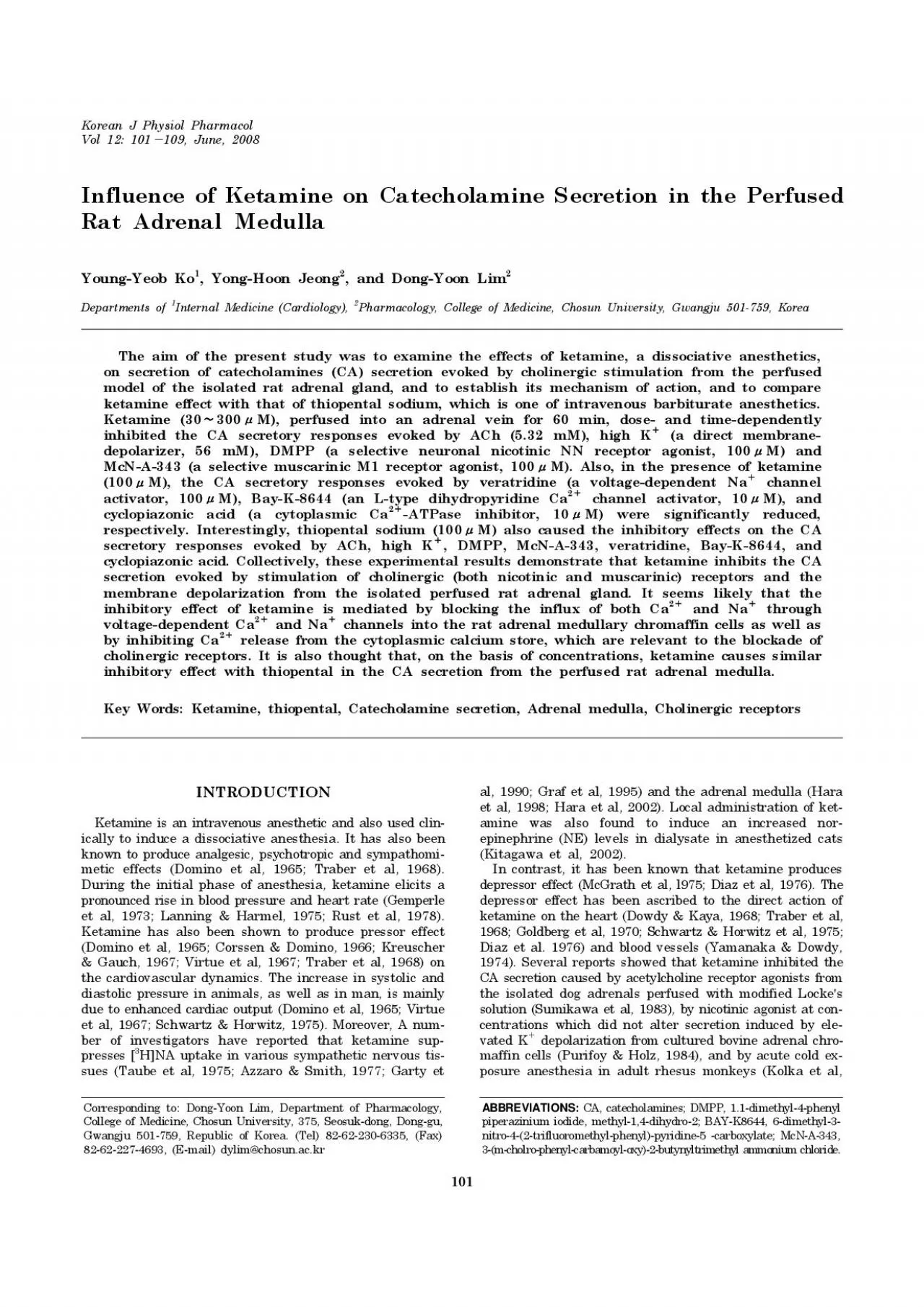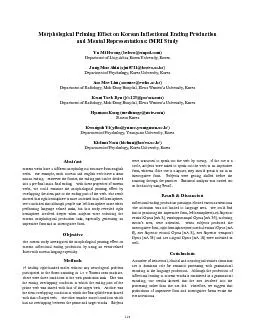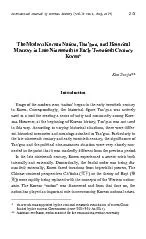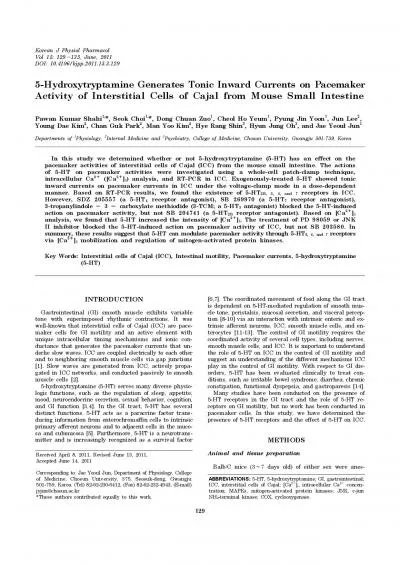PDF-Korean J Physiol PharmacolVol 12 101109 June 2008101ABBREVIATIONS
Author : roxanne | Published Date : 2022-08-31
Corresponding to DongYoon Lim Department of Pharmacology College of Medicine Chosun University 375 Seosukdong Donggu Gwangju 501759 Republic of Korea Tel 82622306335
Presentation Embed Code
Download Presentation
Download Presentation The PPT/PDF document "Korean J Physiol PharmacolVol 12 101109 ..." is the property of its rightful owner. Permission is granted to download and print the materials on this website for personal, non-commercial use only, and to display it on your personal computer provided you do not modify the materials and that you retain all copyright notices contained in the materials. By downloading content from our website, you accept the terms of this agreement.
Korean J Physiol PharmacolVol 12 101109 June 2008101ABBREVIATIONS: Transcript
Download Rules Of Document
"Korean J Physiol PharmacolVol 12 101109 June 2008101ABBREVIATIONS"The content belongs to its owner. You may download and print it for personal use, without modification, and keep all copyright notices. By downloading, you agree to these terms.
Related Documents














